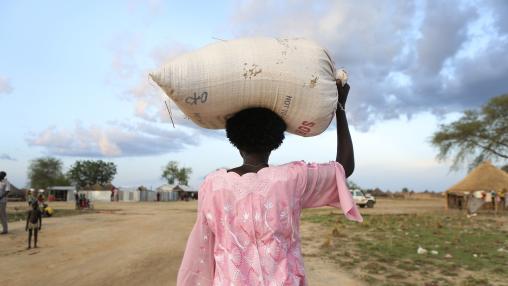
Good News for Some Countries, But Acute Food Insecurity Persists Worldwide: Global Report on Food Crises Midyear Update Released
The Global Report on Food Crises (GRFC) 2023 Midyear Update finds that while some countries have seen improvements in hunger and malnutrition in the first half of 2023, high levels of acute food insecurity remain worldwide. As in previous years, conflict, climate change, and economic shocks continue to be the main drivers of food crisis, with conflict playing the predominant role from January through August 2023.
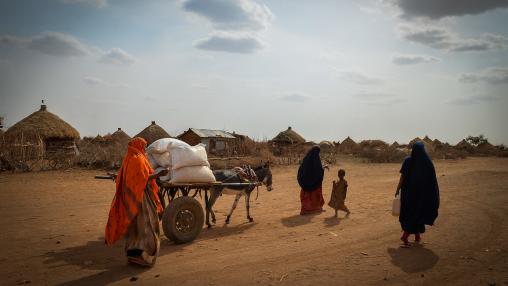
Can we monitor climate and food crisis risks in real time?
According to the 2021 Global Report on Food Crises (GRFC), 155 million people in 55 countries and territories in 2020 faced acute food insecurity and were in need of urgent assistance, the highest number since this type of global reporting started. The economic consequences of the COVID-19 pandemic was an important driver of the recent surge, conspiring with the structural drivers of food crises -- conflict, economic shocks, and weather extremes. These drivers are mutually reinforcing and are expected to intensify in the coming years.
Trade Policies for Improved Food Security

Acute Hunger Continues to Rise Globally: Global Report on Food Crises Mid-Year Update Released
Alarming levels of hunger and food insecurity are on the rise across the globe. According to the September 2021 mid-year update to the 2021 Global Report on Food Crises (GRFC), an estimated 161 million people in 42 countries/territories have faced Crisis-level (IPC/CH Phase 3) food insecurity or higher. This number is up from the estimated 155 million acutely food-insecure people reported by the GRFC for 2020.

Impact of COVID-19 on National Food Systems
The CGIAR COVID-19 Hub has released updated policy notes regarding the impact of the COVID-19 pandemic on global and regional food systems. This latest series of updates covers several FSP priority countries, including Ethiopia, Nigeria, Malawi, and Bangladesh.
Prevention of food losses across the value chain in Africa
Enhancing Resilience to Food Crises
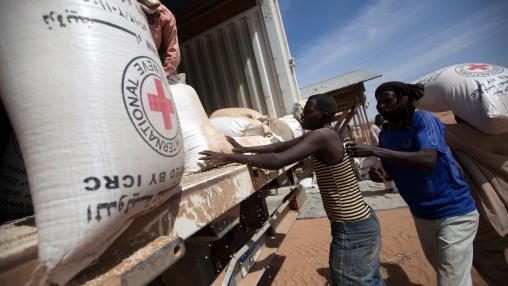
Ethiopia and Madagascar are world's newest food security hotspots, says new report from FAO and WFP
Food security is expected to further deteriorate in 23 countries already facing food crises, according to a new report from FAO and WFP. These worsening conditions come as countries and regions are reeling from the effects of the COVID-19 pandemic and struggling to address conflict, climate change, and economic downturn.
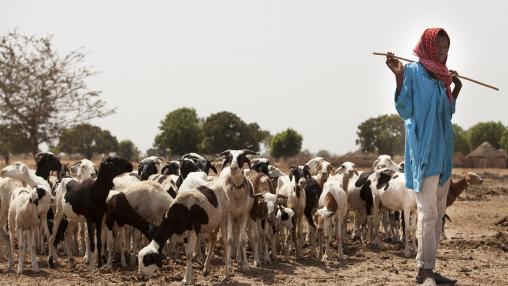
Keeping the Momentum of West African Success
West Africa is on the cusp: after years of stagnation and decline, the region has seen steady growth for nearly two decades, and is moving from recovery to transformation
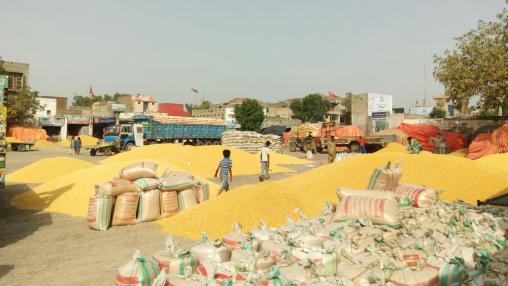
FEWS Food Price Watch Sees Declining Rice Prices, Tight Wheat and Maize Stocks
In its latest Monthly Food Price Watch, FEWS NET reports that global rice production for 2012/2013 is expected to be the highest on record. Global soybean production prospects also improved with a 10 percent increase for 2012/2013; however, strong global demand is expected to keep soybean and soybean oil prices high. While global wheat prices remain high, production is only expected to decline by six percent. However, trade policies in key wheat exporting countries could exert further pressure on prices.